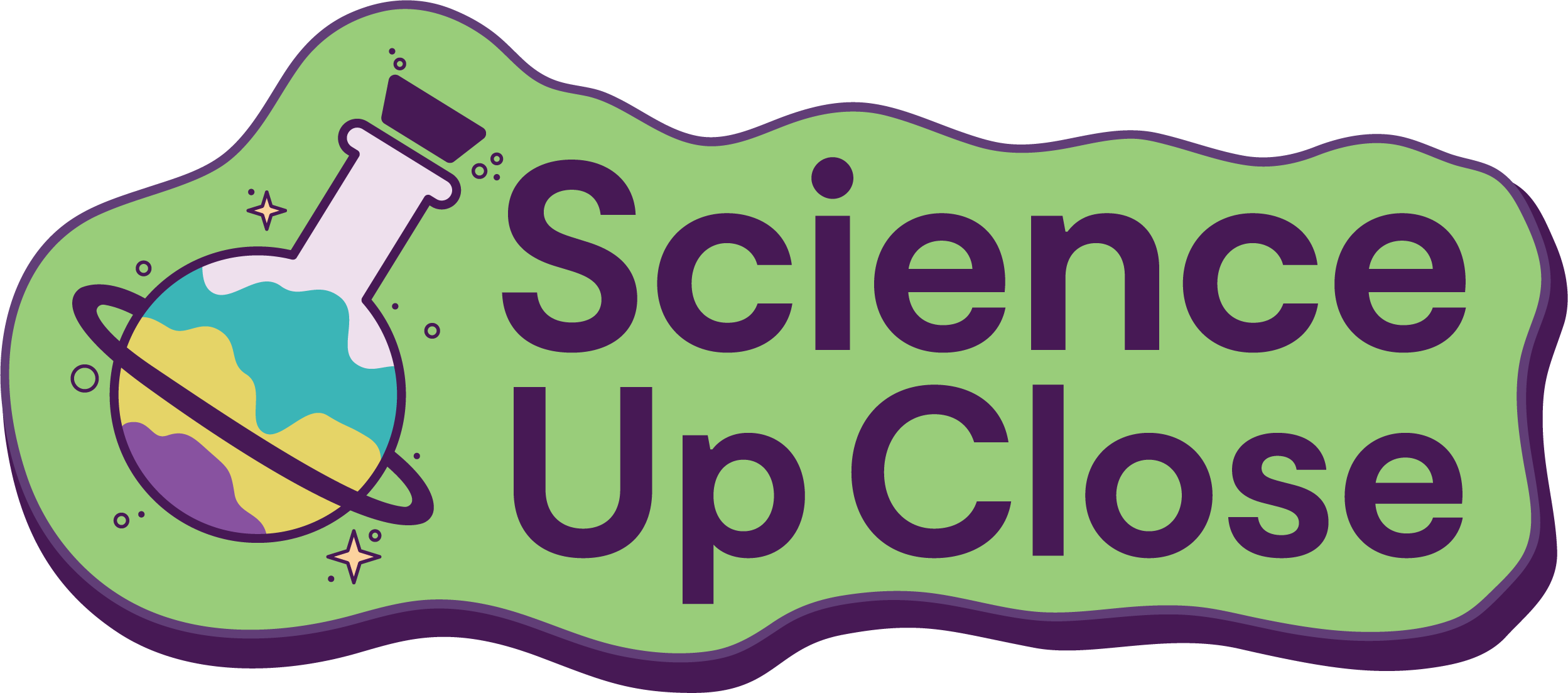
The Harwell Space Cluster provides a gateway to the UK Space Sector, aiding your journey of discovery and growth. RAL Space is the space hub for UK Research and Innovation and the Harwell Cluster, providing cutting edge facilities for scientific instrument development, satellite and equipment testing, scientific research and performing world-leading data processing and analysis.
With more than 50 years of expertise, RAL Space has contributed to over 210 space instruments, including the Gaia Spacecraft, surveying a billion stars in our galaxy since 2013. Throughout history, humanity has always marvelled at the stars – and with new technology like the James Webb Space Telescope we’re able to look deeper and further into the Universe than ever before.
All About Space!
To get started with this theme, check out some of the resources below that link to some amazing organisations, sites and resource packs. You can also find resources specific to the activities from the Open Week in the sections below.
Lesson Plans, Fact sheets and Activities
Find out more!
- ESA Kids Resources (KS1/2)
- ESA Primary School Resources (KS1/2)
- ESA Secondary School Resources (KS3/4)
- Find out about Education and Careers with the Royal Astronomical Society
- Find out about events and current projects from the Harwell Space Cluster
- Read about resources and artifacts from the National Space Centre Collections
- Resources from the UK Space Agency and Government
- Visit the Royal Observatory Edinburgh for events and information on current projects
- Resources from the National Space Academy (KS1/4)
- Find out about events and current projects at the National Centre for Earth Observation
- Resources from the Royal Observatory Greenwich (KS1/4)
- The Royal Observatory Greenwich Teacher Forum
- Resources from the National Schools Observatory (KS1/4)
- Find out about Careers in Space from STEM UK
- Resources from the European Space Education Resource Office (KS1/4)
- Resources from the European Space Agency
Ground Observatories
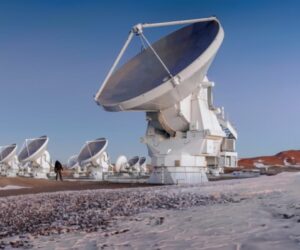
Scientists and researchers across the world observe the cosmos using powerful telescopes. These ground-based observatories are often found at high altitudes, in remote locations, or just generally far away from other people, so they can get the best images and readings with the least interference from local sources.
Activities and Lesson Plans
UK Observatories
Many of the large-scale observatories across the UK host regular events for members of the public to attend, find out more from their websites linked below.
- Royal Observatory Edinburgh
- Chilbolton Observatory Website
- Royal Observatory Greenwich
- Battlesteads Observatory
- Bayfordbury Observatory
- Armagh Observatory and Planetarium
- The Observatory Science Centre
- Kielder Observatory
- Lime Tree Observatory and Planetarium
- The Spaceguard Centre
- Island Planetarium
- Grassholme Observatory
- Cambridge Observatory
Earth and the Moon

Our home planet Earth has just a single moon, often called ‘Luna’ or simply ‘The Moon’ – which is the brightest object in the night sky. The Moon makes one rotation around Earth every 27 days, but it is tidally locked which means the same side always faces us. Although this does not mean the moon has a dark side – only a side that we never get to see from Earth. Start your journey of learning here, with some resources and links around the Earth and Moon.
Crafts and Activities
Lesson Plans and Fact Sheets
Find out more!
- Moon Rocks Article (DLS) (KS4/5)
- Natural Disasters from Space (ESA) (KS2/4)
- Observing Earth from Space (ESA) (KS2/4)
- Watch the Earth (ESA) Activities (KS2/5)
- Mission to the Moon (KS1/3)
- Moon Tektites (KS2/4)
- Read about Space Debris Monitoring from the UK-based Chilbolton Observatory
Stars and Constellations
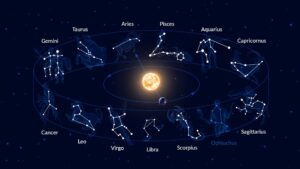
When you look up at the night sky and see hundreds of twinkling lights, do you wonder how far they are away? Why they are different colours and sizes? Have they been there forever or will they one day disappear? For thousands of years, our ancestors observed the movements of stars and even named certain groupings that resembled a pattern or picture based on legendary figures – what we now call Constellations. We have now surveyed almost a hundred million stars just within our home galaxy: The Milky Way. From the Largest Blue Supergiants to the smallest Red Dwarf stars, there’s a whole world of objects to explore, right from our planetary doorstep!
Crafts and Activities
Lesson Plans and Fact Sheets
Find out more!
- All things relating to Astronomy – ROG’s “Look Up” Podcast is free to listen.
- Resource collection from the European Association for Astronomy Education (KS1/4)
- JPL Article: Gravitational Waves and Pulsars
- The Royal Observatory Greenwich Astronomy blog – for current astronomy news and events.
The Solar System
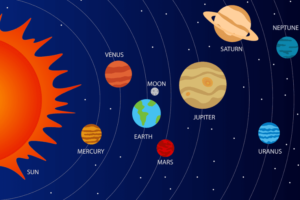
The Earth belongs to a collection of planets, moons, comets and asteroids, all orbiting around a typical star we call The Sun. This collection of bodies forms what we call the Solar System, it contains 8 planets including Earth, 5 dwarf planets and many hundreds of other smaller objects. For the last 70 years we’ve been sending all kinds of spacecraft out into our local region to answer some important questions like; How do stars and planets form? What do the other planets and moons look like? We’ve even tried changing the path of an asteroid by colliding a spacecraft into it (spoiler: it worked!) There’s so much still to discover about our cosmic backyard, and we hope you will start your journey of exploration here.
Crafts and Activities
Lesson Plans and Fact Sheets
Find out more!
- Find out about the Boulby Remote3 Coding Project (KS2/3)
- Learn about the ESA SOHO Mission to study the Sun
The Wider Universe
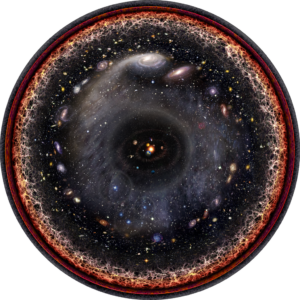
Beyond our Solar system there is a world of possibilities and things to discover! How many stars are there in our Galaxy? What about in the rest of the Universe? There’s so much to learn about our Universe, and there’s no better time to start your journey of exploration than now! Get stuck into our Crafts & Activities for all ages, plan group sessions with our Lesson Plans & Fact Sheets, or click one of the links below to find even more info and opportunities!
Crafts and Activities
Lesson Plans and Fact Sheets
Find out more!
- Gallery of Images from the Hubble Telescope
- Herschel Gallery of Images
- Find out about Exoplanet Surveys with Kepler and ARIEL
